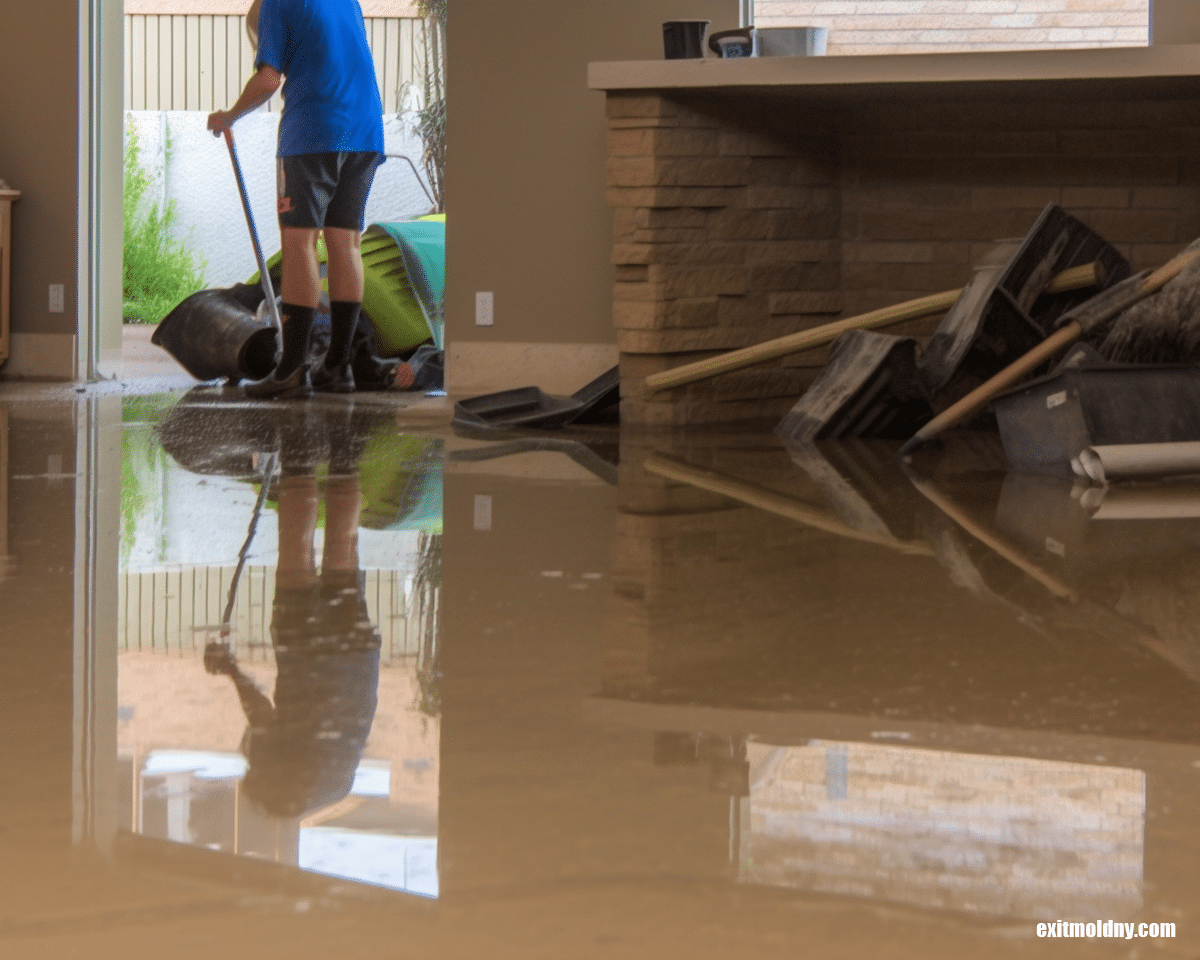Step-by-Step Refine for Successful Lead Violation Removal
Dealing with lead offenses requires a meticulous and organized technique to guarantee both security and governing conformity. The trip starts with the accurate discovery and analysis of contamination resources, utilizing innovative analysis tools. Following this, adherence to federal and state regulations is paramount to creating an effective removal strategy. Such a plan should detail the certain approaches and timelines for activity. The actual remediation calls for skilled workers to implement these strategies while purely complying with safety protocols. What happens after the removal is completed? The solution hinges on comprehending the vital post-remediation techniques that ensure lasting security and area health.

Detection and Analysis
Detection and evaluation are vital steps in the remediation of lead offenses. To make certain a reliable remediation procedure, it is vital to perform a detailed exam of the atmosphere where prospective lead exposure exists.
When detection is completed, a detailed analysis should be embarked on. This includes reviewing the extent and severity of contamination, as well as recognizing populations at risk, specifically children and expecting females. Danger assessments typically involve tasting and laboratory analysis, environmental surveys, and health effect studies. The gathered information should be meticulously documented to sustain the development of an effective remediation method (Lead Violation Removal in NYC).
In addition, it is vital to prioritize locations with the highest possible degrees of contamination and those that pose the best health risks. Reliable interaction with stakeholders, including home owners, homeowners, and public health and wellness officials, is critical for ensuring that all events are educated about the searchings for and the subsequent steps needed for removal. This initial discovery and assessment stage lays the groundwork for an effective lead offense removal process.

Legal and Regulatory Conformity
Browsing the landscape of lawful and regulatory conformity is an essential element of successful lead offense removal. Compliance ensures not just the security of afflicted populaces yet additionally the reputation and lawful standing of the organization in charge of remediation. Regulations regulating lead contamination are complex, incorporating federal, state, and neighborhood legislations. At the government degree, the Environmental Security Agency (EPA) establishes rigid standards under the Poisonous Compounds Control Act (TSCA) and the Lead-Based Paint Remodelling, Fixing, and Painting Regulation (RRP Rule)
This includes careful paperwork of all remediation activities to demonstrate compliance. Failure to adhere to these regulations can result in serious penalties, consisting of large penalties, lawful activity, and reputational damage.
Engaging lawful specialists specialized in environmental regulation can assist in navigating these complexities. Routine training and qualification for all employees included in the removal process are likewise compulsory to guarantee adherence to safety and governing criteria. By focusing on lawful and regulative compliance, companies can successfully mitigate dangers and accomplish an effective remediation outcome.
Preparation the Remediation
Efficiently intending the removal of lead violations starts with a thorough analysis of the polluted website. This data-driven strategy guarantees that remediation initiatives are properly targeted and efficient.
As soon as the contamination is mapped, a risk assessment must be performed to examine potential wellness risks to humans and the atmosphere. Lead Violation Removal in NYC. This analysis should consider variables such as direct exposure pathways, population vulnerability, and ecological effects. The understandings gathered will certainly form the basis for choosing a proper removal method
Subsequently, setting clear, achievable purposes for the remediation project is essential. These objectives must line up with governing requirements and stakeholder expectations to make sure compliance and community approval. Developing an in-depth remediation plan that details techniques, timelines, and resource allotment will certainly promote a structured approach to the clean-up process.
Moreover, it is important to engage with stakeholders early and maintain transparent communication throughout the planning stage. This consists of notifying regional neighborhoods, acquiring required permits, and collaborating with governing companies to guarantee all legal and procedural requirements are fulfilled. A well-crafted removal plan not just resolves the contamination properly yet likewise builds trust fund and teamwork among all events included.
Carrying Out the Remediation
With a well-structured remediation strategy in position, the focus moves to check out this site the actual site implementation of the remediation tasks. This phase entails mobilizing the necessary sources, including competent personnel, specific equipment, and high-quality products. Begin by clearly marking roles and duties to guarantee liability and smooth sychronisation amongst team participants.
The first step in implementation is to secure the website. This includes establishing control areas to stop lead dirt and particles from spreading, along with employing air filtering systems to keep air quality. Next off, wage the removal of lead-based products. Make use of methods such as damp scratching, chemical stripping, or encapsulation, relying on the severity and location of the contamination. It is imperative to adhere to security methods, including the usage of individual safety equipment (PPE) and proper disposal of harmful products.
Throughout the remediation process, conduct periodic examinations and air quality keeping track of to make certain compliance with regulatory requirements. Efficient communication with stakeholders, consisting of home owners and residents, is vital to maintain them educated of progression and any type of unforeseen advancements. By thoroughly complying with these actions, the removal tasks can be carried out effectively and why not check here successfully, eventually mitigating lead risks.
Post-Remediation Strategies
Post-remediation strategies play a crucial role in ensuring the lasting success of lead infraction remediation initiatives. These approaches incorporate continuous monitoring, upkeep, and neighborhood education to avoid future lead exposure and ensure a secure atmosphere.
First, regular surveillance is necessary. This includes periodic screening of the previously affected locations to guarantee that lead degrees continue to be within safe restrictions. Homeowner must develop a routine for these tests, preferably in partnership with certified ecological professionals.

Third, informing the area plays an essential role in maintaining the benefits of removal. Locals and home supervisors ought to be educated about the threats of lead direct exposure and the most effective methods for maintaining a lead-safe atmosphere. Workshops, educational pamphlets, and neighborhood conferences can be efficient devices for disseminating this details.
Verdict
Effective lead offense removal calls for a thorough, organized approach encompassing detection and evaluation of contamination, adherence to legal and governing criteria, thorough preparation, and efficient implementation of removal efforts. This methodical process underscores the importance of thoroughness and vigilance in dealing with and alleviating lead contamination.